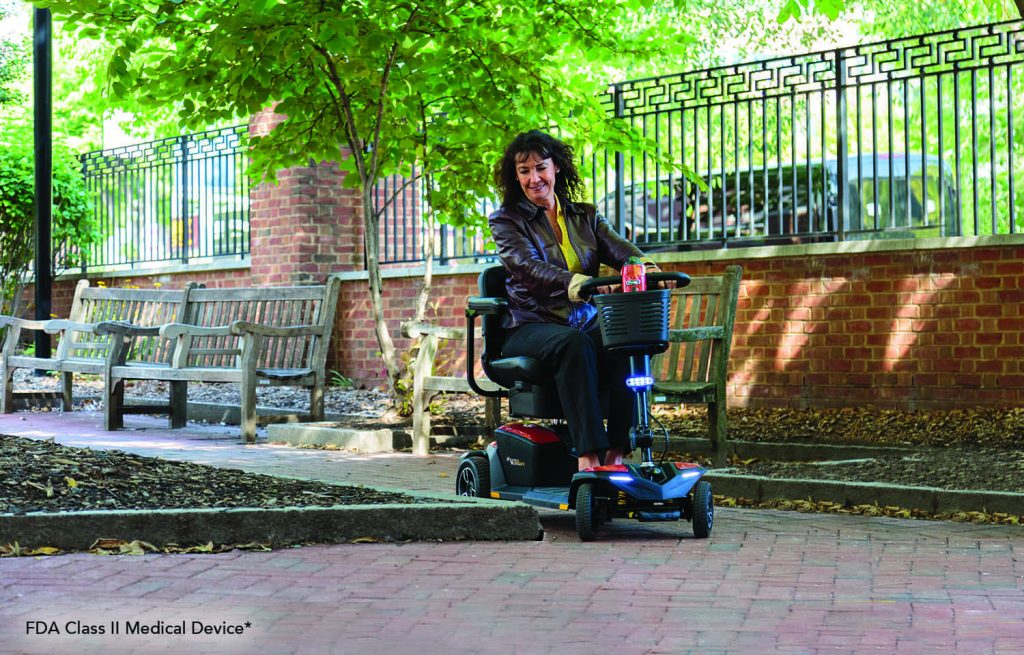Using a CPAP machine has been life-changing for my sleep apnea, helping me achieve better, deeper sleep and overall improved health. However, one of the biggest hurdles I faced early on was managing skin irritation caused by the CPAP mask. Over the years, I’ve learned a lot through trial and error and found effective strategies to reduce irritation and make CPAP therapy more comfortable. In this post, I’ll share what worked for me and provide practical tips for anyone dealing with similar issues.
Common Causes of Skin Irritation from CPAP Masks
Before diving into solutions, it’s important to understand why skin irritation happens in the first place. Here are some common causes:
- Friction and Pressure: Constant contact between the mask and skin can lead to redness, sores, and irritation, especially if the mask is too tight.
- Allergic Reactions: Some users are sensitive to the materials used in CPAP masks, such as silicone or certain plastics.
- Moisture and Sweat: Accumulated sweat and condensation from breathing can create a damp environment that irritates the skin.
- Improper Fit: A mask that doesn’t fit well can shift during the night, causing chafing or pressure points.
- Lack of Hygiene: Not cleaning the mask regularly can lead to bacterial buildup, which can cause or worsen skin issues.
Solutions That Worked for Me
After years of trial and error, here are the strategies that significantly reduced my skin irritation:
1. Choosing the Right Mask Material
I found that switching mask materials made a huge difference. Standard CPAP masks often use silicone, which can cause reactions in some users. Switching to a mask with a gel cushion or one made of cloth helped reduce irritation.
Tips for Selecting a Mask Material:
- Consider Hypoallergenic Options: If you suspect you have a sensitivity to silicone, look for masks made from hypoallergenic materials.
- Try Different Styles: Nasal masks, full-face masks, and nasal pillow masks all distribute pressure differently. Finding the right type for your facial structure can minimize contact points and reduce irritation.
2. Adjusting the Fit
One of the biggest lessons I learned is that tighter isn’t always better. Over-tightening can exacerbate irritation and cause sores.
How to Adjust for Comfort:
- Find the Right Tension: Ensure your mask is snug enough to prevent air leaks but not so tight that it digs into your skin.
- Use CPAP Mask Liners: These are fabric barriers placed between your skin and the mask, which can help reduce friction and pressure.
- Check the Straps: Over time, CPAP headgear can stretch, so it’s important to periodically adjust or replace the straps to maintain a good fit.
3. Keeping the Mask and Skin Clean
Hygiene is essential for reducing skin irritation. I make it a habit to clean my mask and cushion daily to prevent bacteria buildup.
My Cleaning Routine:
- Daily Wipes: I use CPAP-specific mask wipes to clean the cushion and mask frame each morning.
- Weekly Wash: Once a week, I wash the mask parts with warm, soapy water (using a gentle, fragrance-free soap) and allow them to air dry.
- Moisturize Before Bed: Applying a non-comedogenic moisturizer an hour before putting on the mask helps keep my skin hydrated and protected.
Practical Tips for Preventing CPAP Mask Discomfort
In addition to the changes I made to reduce irritation, here are some general tips that can make CPAP therapy more comfortable:
1. Use a CPAP Humidifier
A built-in or separate humidifier helps maintain moisture levels in the air, reducing dryness in both the nasal passages and on the skin. This can prevent cracks and irritation.
2. Replace Mask Parts Regularly
Even with diligent cleaning, mask parts can wear down and become less effective over time. I replace my cushion and headgear every few months to ensure a secure fit and prevent irritation from worn materials.
Replacement Guidelines:
- Cushions/Pillows: Replace every 1-3 months.
- Mask Frame: Replace every 3-6 months.
- Headgear: Replace every 6 months.
3. Try Barrier Creams
A barrier cream applied lightly before wearing the mask can act as a protective layer. I use a CPAP-friendly cream designed specifically for sensitive skin to avoid clogs and residue that might interfere with the mask seal.
4. Adjust Sleeping Position
I found that sleeping on my side reduced mask shifting and skin contact. There are CPAP-specific pillows with cutouts that can help keep the mask in place while you sleep comfortably.
Maintaining Comfort in the Long Term
Managing skin irritation isn’t just about short-term fixes; it’s about creating a sustainable routine. Here’s what has helped me maintain comfort over the long term:
- Consistency is Key: Sticking to a cleaning routine, replacing parts regularly, and monitoring how my skin reacts have been game-changers.
- Work with Your Healthcare Provider: If irritation persists, don’t hesitate to consult your doctor or respiratory therapist. They can provide recommendations tailored to your skin type and specific CPAP needs.
- Listen to Your Skin: If a certain mask type or material isn’t working, switch it up. Everyone’s skin reacts differently, and it’s worth exploring different options to find what suits you best.
Conclusion: Finding What Works for You
Managing skin irritation from CPAP masks takes some patience and experimentation. Over my ten-year journey, I’ve learned that small adjustments can make a significant difference in comfort and effectiveness. If you’re struggling with irritation, know that there are options and solutions that can help. With the right mask, fit, and routine, CPAP therapy can be not only effective but also comfortable for long-term use.
FAQs
1. What type of mask is best for sensitive skin?
Look for CPAP masks with gel cushions or cloth alternatives. Hypoallergenic masks are also available and may reduce skin reactions.
2. How often should I clean my CPAP mask?
Daily cleaning is ideal for the cushion and parts that come into contact with your skin. A weekly deep clean with warm, soapy water helps keep everything sanitary.
3. What can I do if I get sores or blisters from my CPAP mask?
Start by adjusting the mask fit to reduce pressure points. You can also use mask liners or switch to a different mask style. Applying a CPAP-friendly barrier cream before bed may help protect your skin.
4. Can I use regular lotion before putting on my CPAP mask?
It’s better to use a non-comedogenic, fragrance-free moisturizer at least an hour before applying the mask to avoid residue that can break the seal or cause irritation.
5. Is it normal to feel skin irritation at the start of CPAP therapy?
Some initial irritation is common as your skin adjusts to the mask. However, persistent or severe irritation should be addressed with your doctor or by trying different mask types or materials.






